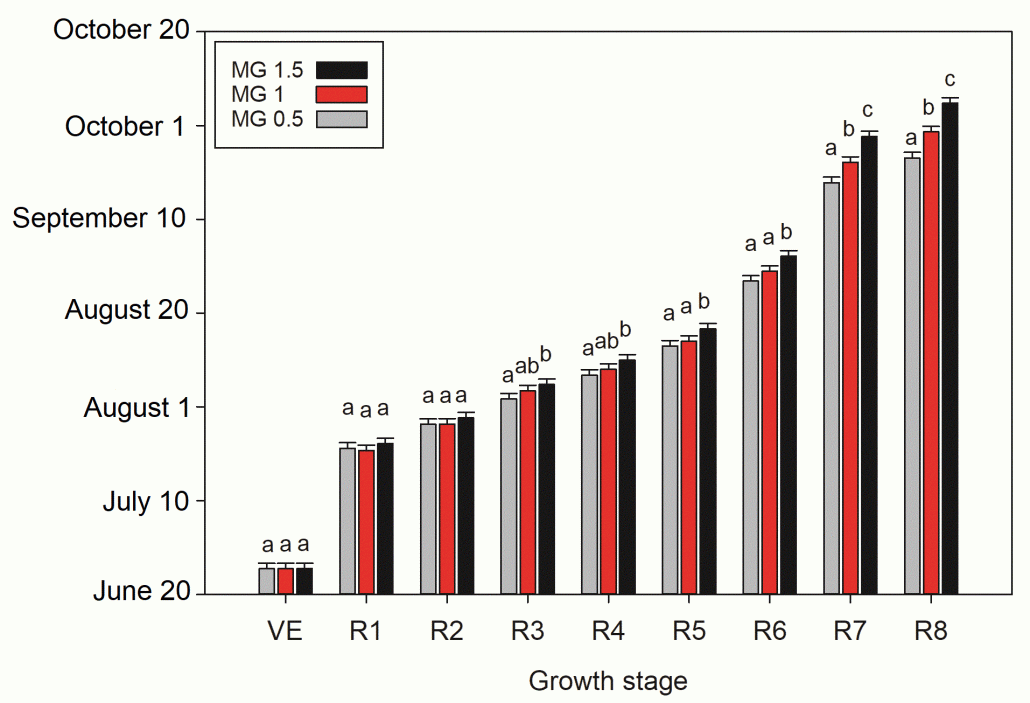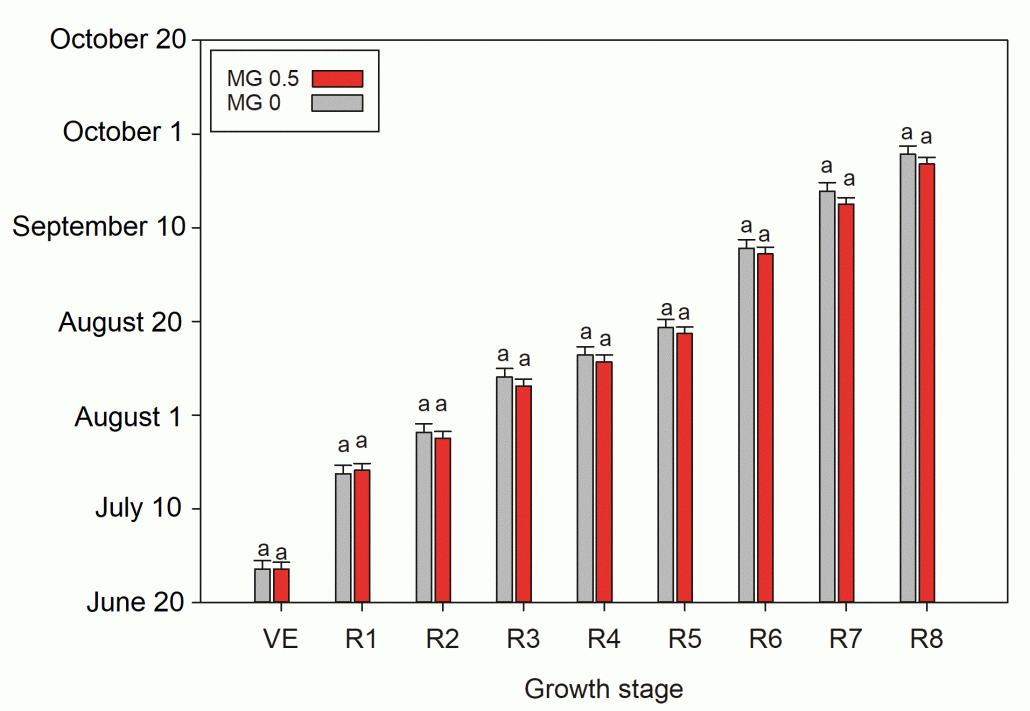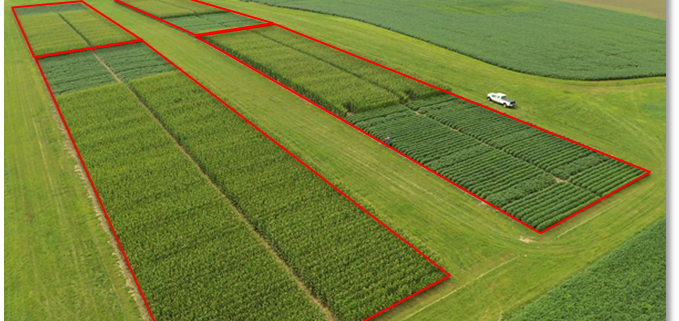Soybean and Corn are Considered Cover Crop Options in WI
Article written by Shawn P. Conley, Joe Lauer and Paul Mitchell
Today Joe Lauer and myself had the opportunity to travel to Door County and participate in an Extension meeting hosted by Annie Deutsch, Jamie Patton and Aerica Bjurstrom. We had great conversation with the group about the agronomic implications of the 2019 growing season. During this meeting we touched on the issues regarding prevent plant and what to do next. This is a obviously a complex issue but an interesting point was brought forward by Dan Muhlenbeck a crop insurance specialist… “Is soybean and/or corn considered a cover crop in WI?” (I hope you all notice that in my blogs soybean always precedes corn..) Here are our thoughts.
For a crop to be considered a cover crop RMA states that “For crop insurance purposes, a cover crop is a crop generally recognized by agricultural experts as agronomically sound for the area for erosion control or other purposes related to conservation or soil improvement.” Soybean and corn both meet this requirement. However please remember that BMP’s must be followed to meet this requirement.
In a late planted, soybean cover crop situation, plant a minimum of 150,000 seeds per acre and strive to plant in narrow row spacings (<30 inches). This recommendation is intended to minimize soil erosion, maximize ground cover and weed suppression as well as provide adequate N fixation. I do however understand if a farm operation is limited by equipment restrictions (e.g. they only have a 30 inch row planter) I would not preclude them from being eligible to plant soybean as a cover crop. The next consideration is cost. Normally the cost of soybean seed to be used as a cover crop on a per acre basis would be cost prohibitive; however since soybean seed is usually not saved from year to year and treated seed is often devitalized it is often offered at a deep discount late in the year so shop around. Frankly with only 60% of the WI crop planted there should be some reasonably priced seed to be used as cover crops.Now lets talk about corn!
Although corn is not usually considered a cover crop due to 30-inch row spacing and slower early canopy growth than other crops, it is deep-rooted and by the end of the end of the growing season can produce more than 5 Tons DM/A of stover even when planted in July. Ultimately the decision to use corn as a cover crop is the cost of production. Typically, it would cost $400 to $450 per acre to establish corn. Production costs can be reduced by using seed that is not bioengineered, reducing N fertilizer to around 40 to 60 lb N/A, and using a narrower row corn planter (<30-inches), a twin-row planter, or grain drill to narrow row-spacing.
To be clear the intent of this article is to designate that soybean or corn can be considered as options for cover crops. The first thing you must do however is talk to your crop insurance agent and make no decisions without their input. Also please review this excellent article by Paul Mitchell entitled: Can I Use Corn or Soybeans as a Cover Crop on Prevented Plant Acres?
Farmers taking the full prevented plant indemnity should note that they cannot ever harvest the cover crop for grain or seed. RMA rules allow, only after September 1, grazing and harvest as hay (for bedding or feed) and now for silage, haylage or baleage. If a farmer wants to harvest it as grain or seed, then they should declare it as an alternative crop and only collected the partial (35%) prevented plant indemnity.”
With the aforementioned change to prevent plant indemnity the question of soybean as a forage popped into my mailbox multiple times today. From an agronomic perspective I think there are better forage options (higher tonnage) than soybean, but if this is an option for your farm here are some simple thoughts. Harvesting soybeans for forage between the R1 and R5 stage will result in a very high quality silage, but dry matter yields will be reduced significantly. Forage quality will be reduced from R5 soybean forward if a conditioning process is used during harvest as conditioning will cause significant seed shattering. According to our data early maturity group soybeans planted 6/20ish will likely already be at the R6/R7 stage so if you are intending to shoot for higher quality soybean forage go with a later maturity group soybean (~4.0).

Figure 1. Pooled Arlington and Hancock Data.

Figure 2. Spooner data.
This is a dynamic discussion so please check back as text and recommendations are subject to change as “to be frank” no one really has all the answers on this topic.



